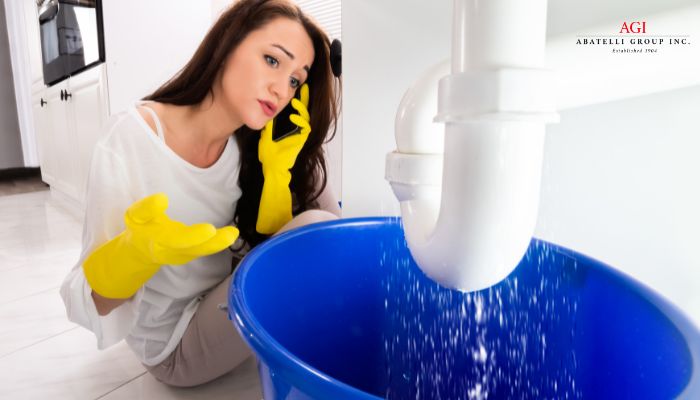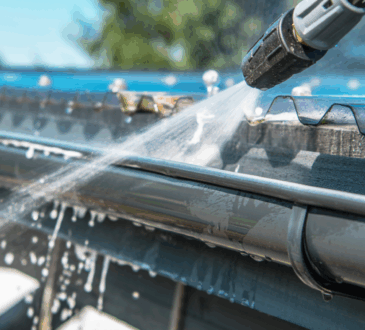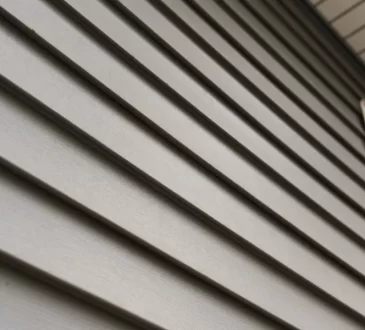
Water features in condominiums create attractive living environments but introduce complex insurance considerations for both residents and associations. When purchasing a condo with water amenities, consultation with experts like Penrith Developer can help clarify potential insurance impacts before finalising your investment. Water features such as pools, hot tubs, fountains, and decorative ponds each present unique insurance challenges that affect policy coverage and premiums.
Premium factors
Insurance carriers assess multiple variables when determining coverage costs for properties with water features. The size, depth, and type of water installation directly impact premium calculations. Properties with larger swimming pools or extensive water systems typically face higher premiums than those with modest fountains or small decorative ponds. Location of water features also matters—indoor installations generally pose less risk than outdoor ones exposed to weather conditions and unauthorised access.
Age and maintenance history of water systems play crucial roles in risk assessment. Well-maintained, newer installations with modern safety features receive more favourable rates than ageing systems with deferred maintenance. Safety measures, including proper fencing, locked gates, security cameras, and compliance with local building codes, can substantially reduce premium costs while minimising liability exposure. Many insurance providers conduct on-site inspections to verify safety measures before issuing or renewing policies for properties with significant water amenities.
Coverage boundaries
Understanding exactly what your insurance covers regarding water features is essential. Standard condo association master policies typically cover the structure and mechanics of standard area water features, while individual unit policies generally exclude these elements. This division creates potential coverage gaps that require careful analysis. Association policies usually include:
- Structural damage to the water feature itself
- Mechanical components like pumps, filters, and heating systems
- Liability coverage for injuries occurring in or around common water areas
- Property damage caused by water feature malfunctions
- Some level of protection against water damage to adjacent common areas
Individual unit owners need separate coverage for personal property damaged by water feature malfunctions and potential assessment coverage if association reserves prove insufficient for significant repairs. Most association policies include deductibles ranging from $5,000 to $25,000 or higher for water-related claims, potentially resulting in special assessments charged to all owners.
Liability landscape
Water features dramatically increase liability exposure for associations and individual owners. Slip-and-fall accidents around pools and water installations rank among condo communities’ most common insurance claims. Associations must maintain adequate liability coverage limits—typically $1-2 million minimum—to protect against catastrophic injury claims that could otherwise financially devastate the community.
Umbrella policies provide extra protection beyond standard liability limits and often represent wise investments for associations with extensive water amenities. These supplemental policies extend coverage by $1-5 million beyond primary policy limits for relatively modest premium increases. Legal experts recommend umbrella coverage as essential protection against major claims involving serious injuries or fatalities around water features.
Maintenance matters
Regular professional inspection and maintenance of water features directly affect insurance terms. Documented maintenance programs with scheduled professional servicing help minimise claims and can qualify properties for premium discounts. Proper chemical treatment, functioning safety equipment, and routine mechanical inspections demonstrate a risk management commitment to insurers.
Water damage from feature malfunctions often leads to costly claims affecting multiple units. Preventative measures, including water detection systems, automatic shutoff valves, and regular pressure testing, can identify potential problems before catastrophic failures occur. Many insurers now offer premium incentives for properties installing advanced monitoring systems that detect leaks or pressure changes early, potentially preventing major damage events.




